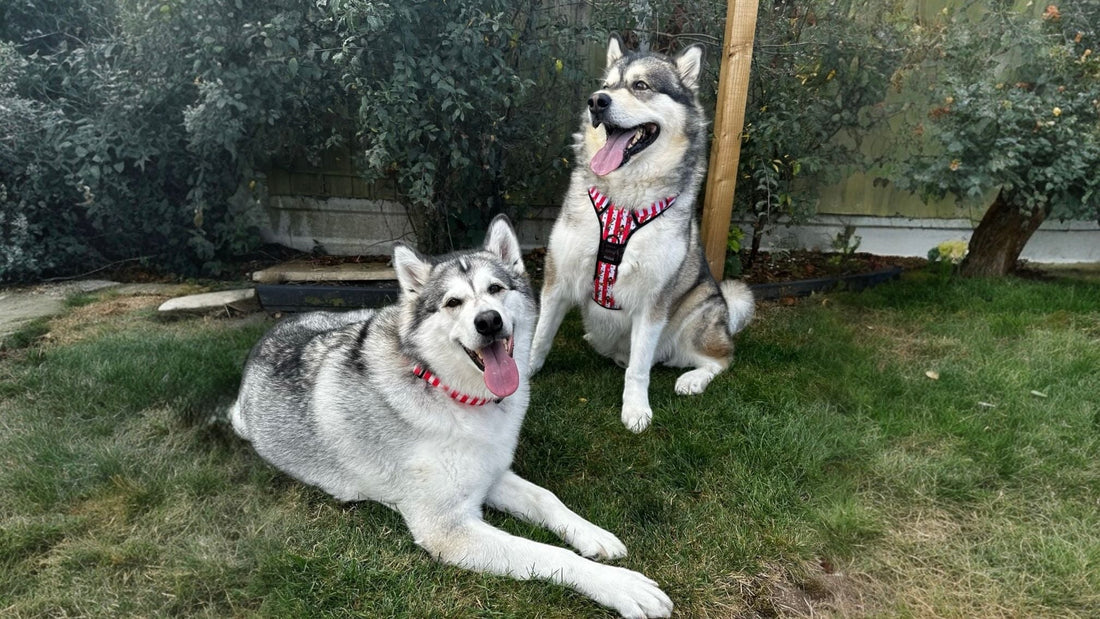
Best Dog Harness for Pulling UK: Top Picks for 2025
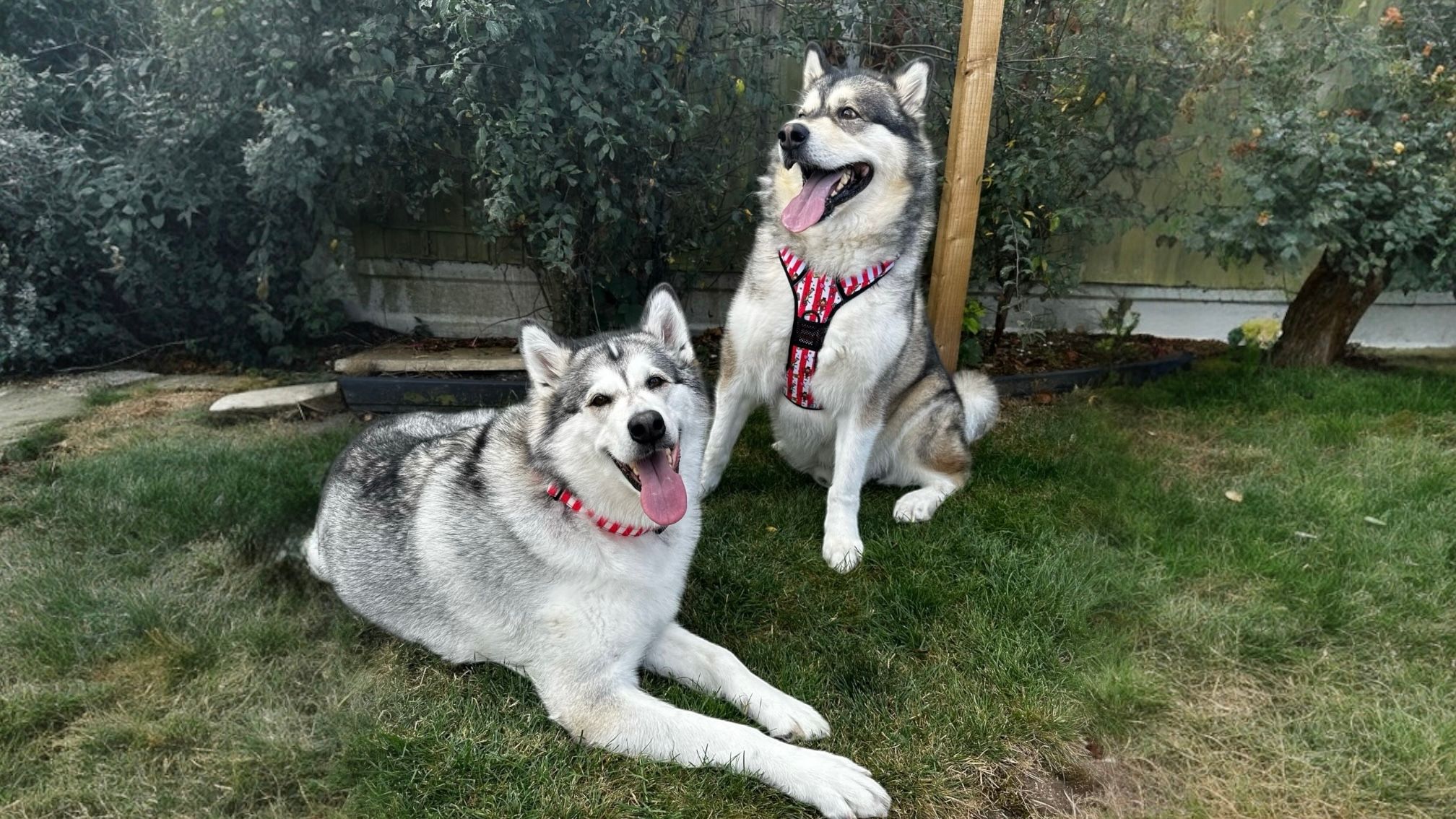
Choosing the best dog harness for pulling can feel overwhelming. There are so many designs and clever features promising to change your walks for good. Yet, despite all the talk about padded straps and smart tech, studies show that back-clip harnesses might actually encourage more pulling, while front-clip options provide stronger training results. However, longterm use of clipping a lead to the front of the harness can cause joint problems, so it is important to use these as a training tool and focus on training your dog to walk to heel. Most people get this wrong and end up with the opposite of what they wanted.
Table of Contents
Quick Summary
| Takeaway | Explanation |
| Choose a harness with a front-clip design | Front-clip harnesses help redirect a dog’s momentum, aiding in discouraging pulling behaviour effectively. |
| Ensure proper fit for comfort | Measure your dog’s neck and chest to select a harness that prevents chafing and promotes better walking experiences. |
| Opt for durable and breathable materials | Harnesses made from padded nylon or mesh withstand pulling pressures while ensuring your dog is comfortable during walks. |
| Introduce the harness positively | Create a positive association by letting your dog explore the harness and rewarding them with treats during the initial introduction. |
| Train consistently with positive reinforcement | Use treats and praise to encourage desired behaviours, making leash training an enjoyable experience for your dog. |
Choosing the Right Dog Harness for Pulling
Selecting the perfect dog harness for pulling requires careful consideration of multiple factors that impact both your dog’s comfort and training effectiveness. Understanding the key elements can transform your walking experience and help manage your dog’s pulling behaviour more effectively.
Understanding Harness Design and Functionality
When addressing pulling behaviour, the right harness becomes a critical training tool. Research from four-paws.org highlights that a well-designed harness distributes pressure across a larger body area compared to traditional collars, reducing potential strain on your dog’s neck and back.
The primary goal of a no-pull harness is to discourage pulling through strategic design. Most effective harnesses feature front-clip attachments that redirect your dog’s momentum when they attempt to pull forward. This gentle redirection helps train your dog to walk beside you without causing discomfort or potential injury.
Key Considerations for Selecting a Pulling Harness
Fit and Comfort: A properly fitted harness is crucial. Measure your dog’s chest circumference and neck size before purchasing. An ill-fitting harness can cause chafing, restrict movement, or fail to provide effective training support.
Material and Durability: Look for harnesses made from robust, breathable materials like padded nylon or mesh. These materials offer comfort during extended walks while withstanding the additional stress of pulling behaviour.
According to a study published in the journal of Animal Science, dogs exhibited different pulling behaviours depending on harness design. The research suggests that back-clip harnesses might inadvertently encourage pulling, while front-clip designs provide more effective training opportunities.
Training Compatibility: Choose a harness that supports positive reinforcement techniques. Features like front and back attachment points offer versatility in training approaches. Some harnesses come with additional training guides or recommend specific walking techniques to reduce pulling.
Consider your dog’s individual characteristics. High-energy breeds might require more robust harnesses with additional control features, while smaller dogs need lighter, more flexible designs. The right harness should feel comfortable for your dog and provide you with confident control during walks.
Remember that a harness is not a magical solution but a training aid. Consistent positive reinforcement, patience, and proper walking techniques remain essential in addressing pulling behaviour. Invest time in training alongside selecting the right equipment for the best results.
To help you compare the key considerations for choosing a pulling harness, here is a table summarising the most important factors:
| Consideration | Why It Matters | What to Look For |
| Fit & Comfort | Prevents chafing and restriction of movement | Adjustable straps, correct sizing |
| Material & Durability | Withstands stress from pulling and ensures long-term use | Padded nylon, breathable mesh, quality stitching |
| Clip Placement | Impacts pulling behaviour and training effectiveness | Front-clip (no-pull), back-clip (may encourage pulling) |
| Training Features | Enhances compatibility with positive reinforcement techniques | Dual attachment points, included training guides |
| Dog Characteristics | Ensures harness suits breed, size, and energy level | Specific features for small/large or active dogs |
Key Features to Look For in 2025
As dog harness technology evolves, 2025 brings sophisticated design innovations that go beyond simple walking equipment. Understanding the latest features can help you select a harness that not only controls pulling behaviour but also supports your dog’s overall comfort and health.
Advanced Biomechanical Design
Research published in the journal Animals highlights the critical importance of harness design in canine movement. The latest harnesses are engineered with biomechanical precision, focusing on reducing restrictions to natural movement. Y-shaped and chest-strap designs are emerging as frontrunners, offering dogs greater range of motion while maintaining control.
Ergonomic Considerations:
-
Flexible Material Composition: Advanced synthetic fabrics that adapt to dog’s body movements
-
Weight Distribution: Strategic padding that minimizes pressure points
-
Breathable Panels: Integrated mesh sections for temperature regulation
Smart Technology Integration
Modern dog harnesses are no longer just fabric and clips. The American Kennel Club recommends looking for harnesses with smart features that enhance safety and tracking. GPS-enabled harnesses now offer real-time location monitoring, while integrated activity trackers can help you understand your dog’s exercise patterns and health metrics.
Innovative Features to Consider:
-
Embedded movement sensors
-
Reflective safety elements for low-light conditions
-
Wireless connectivity for tracking and training apps
Durability and Sustainability
A groundbreaking PubMed study from 2024 underscored the importance of selecting harnesses that provide long-term performance. In 2025, manufacturers are prioritizing sustainable materials and construction techniques that withstand rigorous use while minimizing environmental impact.
Key Sustainability Aspects:
-
Recycled and eco-friendly fabric compositions
-
Modular designs allowing part replacements
-
Manufacturing processes with reduced carbon footprint
When selecting a harness, consider it an investment in your dog’s comfort and your shared walking experience. The right harness should feel like a natural extension of your dog, supporting their movement while providing you with confident control. Prioritize features that align with your specific walking environment, your dog’s energy level, and individual physical characteristics.
Remember that no single harness is perfect for every dog. What works brilliantly for one might be uncomfortable for another. Always prioritize your dog’s individual needs, and be prepared to experiment to find the ideal solution.
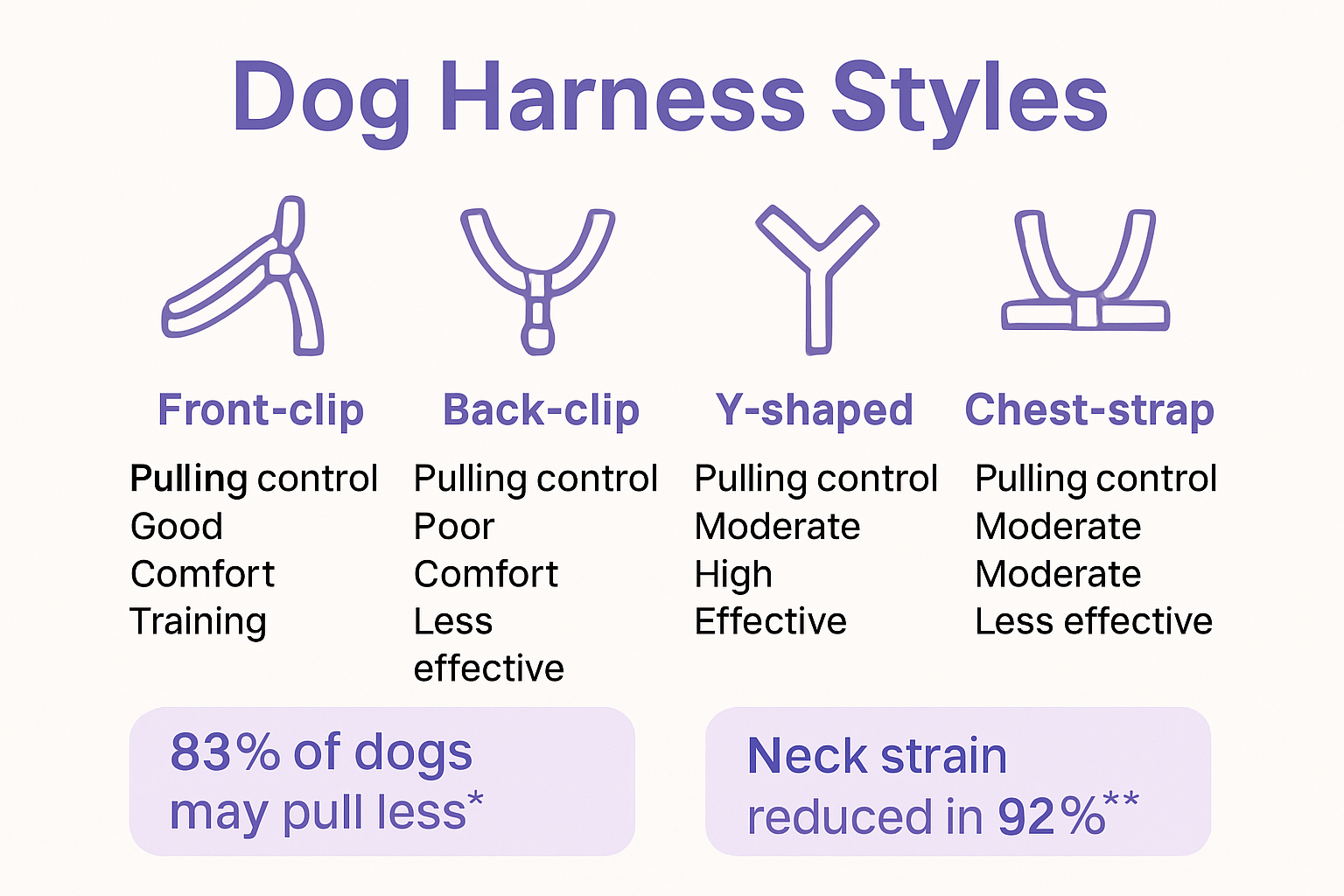
How to Train Your Dog with a Harness
Training your dog to walk comfortably and obediently with a harness requires patience, consistency, and a strategic approach. A harness is more than just a walking tool it is a crucial training instrument that can help modify your dog’s walking behaviour and strengthen your bond.
Introducing the Harness Positively
Professional dog trainers recommend creating a positive association with the harness from the very first interaction. Start by allowing your dog to sniff and investigate the harness, rewarding them with treats and gentle praise. This initial approach helps prevent anxiety and builds excitement around wearing the harness.
Initial Harness Introduction Steps:
-
Let your dog explore the harness freely
-
Offer high-value treats during initial interactions
-
Keep the first few harness experiences short and enjoyable
-
Use a calm and encouraging tone
Progressive Leash Training Techniques
Research from the Journal of Veterinary Behavior suggests that positive reinforcement is the most effective method for leash training. When using a no-pull harness, focus on rewarding walking behaviours that match your desired outcome. This means offering treats and praise when your dog walks beside you without pulling, effectively teaching them that calm walking yields positive results.
Effective Training Strategies:
-
Stop walking immediately when pulling occurs
-
Change direction to interrupt pulling behaviour
-
Reward slack leash walking with treats and verbal praise
-
Practice short training sessions consistently
Advanced Walking Control
As you progress in training, gradually introduce more challenging walking environments. Start in quiet areas with minimal distractions, then slowly move to more stimulating locations. The goal is to build your dog’s confidence and reinforce good walking habits across different scenarios.
Progressive Training Environment Progression:
-
Quiet indoor spaces
-
Calm outdoor areas with minimal distractions
-
Gradually busier walking routes
-
Public spaces with more stimuli
Consistent training requires patience and understanding. Some dogs learn quickly, while others might take weeks or months to fully adapt to leash walking etiquette. Never punish your dog for pulling instead, focus on positive reinforcement and gentle redirection.
Remember that each dog is unique. What works for one might not work perfectly for another. Be prepared to adjust your training approach based on your dog’s individual personality, energy level, and learning style. The key is maintaining a positive, supportive attitude throughout the training process.
A well-fitted harness combined with consistent, patient training can transform your walking experience. Your persistence will help your dog develop excellent walking manners, making outdoor adventures more enjoyable for both of you.
To make leash training steps easy to follow, here’s a table outlining the main stages and goals of no-pull harness training:
| Training Stage | Key Actions | Goal |
| Harness Introduction | Let dog explore, use treats, keep sessions short | Build positive association |
| Initial Walks Indoors | Practice in quiet, low-distraction spaces | Build comfort and reduce anxiety |
| Leash Training Outdoors | Walk in calm areas, reward slack leash behaviour | Encourage calm walking without pulling |
| Response to Pulling | Stop, change direction, reward calm walking | Teach dog pulling doesn’t achieve progress |
| Increasing Distractions | Move to busier environments gradually | Strengthen reliable walking manners |
Top Recommended Harnesses for UK Dog Owners
Selecting the right harness can significantly impact your dog’s walking experience and training progress. UK dog owners have unique requirements that demand carefully chosen walking equipment designed to suit various breed sizes, walking environments, and individual dog needs.
Harnesses for Different Dog Sizes and Breeds
Research from the Royal Veterinary College emphasises the importance of breed-specific harness selection. Small breeds require different support structures compared to larger, more energetic dogs. Understanding these nuanced requirements helps ensure comfort and effective control during walks.
Size-Specific Harness Considerations:
-
Small Breeds: Lightweight, flexible harnesses with minimal pressure points
-
Medium Breeds: Balanced support with adjustable chest and neck straps
-
Large Breeds: Robust harnesses with enhanced control features
-
Working Dogs: Heavy-duty designs with additional reinforcement
Performance and Durability Factors
The British Veterinary Association recommends evaluating harnesses beyond aesthetic appeal. Key performance indicators include material quality, stitching integrity, and long-term comfort. Modern harnesses incorporate advanced materials that offer durability while maintaining flexibility.
Critical Performance Elements:
-
Weather-resistant fabric construction
-
Quick-release buckle mechanisms
-
Reflective safety elements for low-light conditions
-
Machine washable designs
-
Adjustable fitting ranges
Training and Functional Design
Beyond basic walking requirements, contemporary harnesses integrate training-specific features. Front-clip attachments, for instance, provide superior pulling management by redirecting your dog’s momentum. Some harnesses now include smart technology elements like GPS tracking and activity monitoring.
Advanced Harness Features:
-
Ergonomic padding
-
Multiple attachment points
-
Breathable mesh panels
-
Integrated ID tag holders
-
Training-specific design elements
When selecting a harness, consider your specific walking environment. Urban dog owners might prioritise different features compared to those walking in rural or coastal settings. Factors like terrain, typical weather conditions, and your dog’s energy level should influence your choice.
Invest time in understanding your dog’s unique characteristics. A harness is more than an accessory it is a critical tool for communication, training, and shared outdoor experiences. Prioritise comfort, functionality, and your dog’s individual needs when making your selection.
Remember that no single harness suits every dog perfectly. Be prepared to experiment and adjust, always maintaining a positive approach to walking and training. Your patience and attentiveness will help you find the ideal harness that enhances both your dog’s comfort and your walking experience.
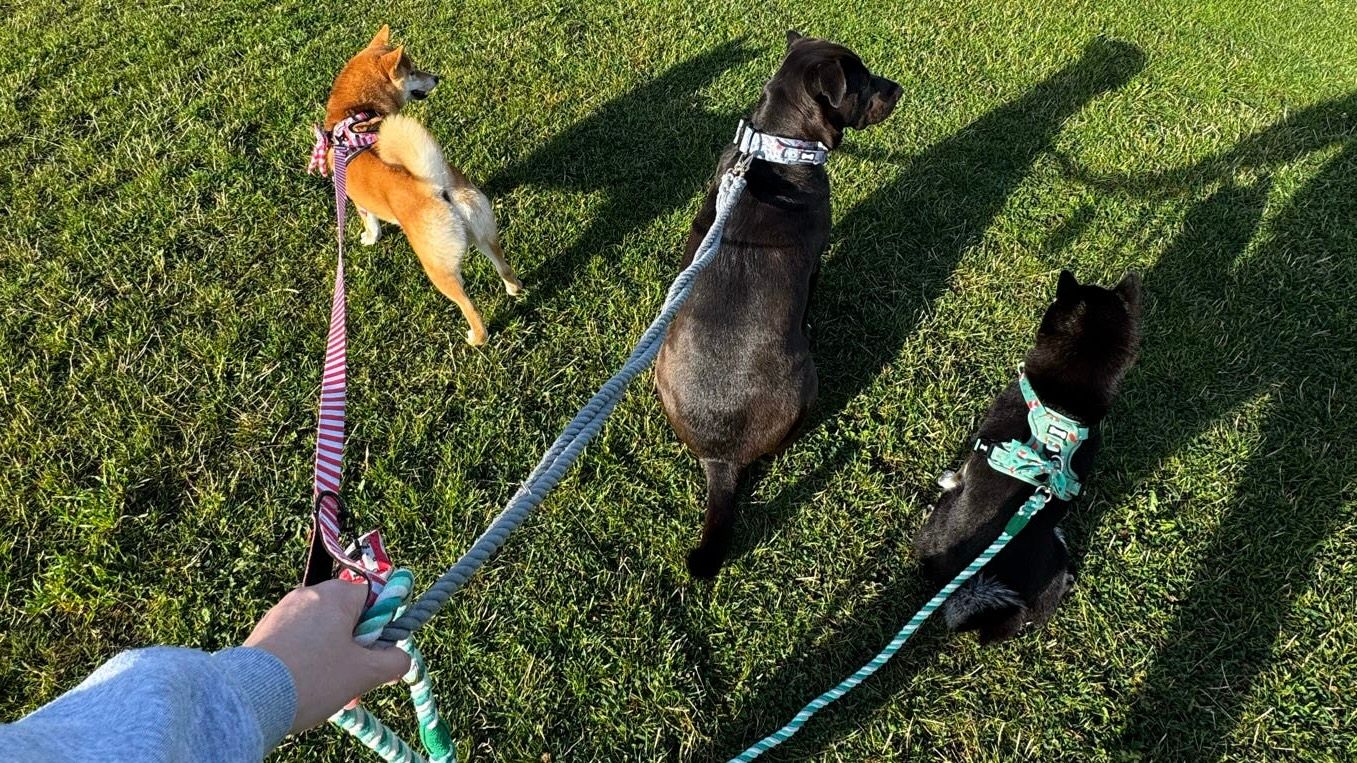
Frequently Asked Questions
What is the best type of harness for a dog that pulls?
Front-clip harnesses are recommended for dogs that pull. They help redirect your dog’s momentum, making it easier to train them to walk calmly beside you.
How do I ensure a proper fit for my dog’s harness?
To ensure a proper fit, measure your dog’s neck and chest circumference. Look for adjustable straps that prevent chafing and ensure the harness doesn’t restrict movement.
What features should I consider when choosing a dog harness?
Key features to consider include material durability, comfort, fit, clip placement (front vs. back), and whether the design supports positive reinforcement training.
How can I train my dog to stop pulling when wearing a harness?
Train your dog using positive reinforcement techniques. Reward them with treats for walking beside you without pulling, and use gentle redirection when they do pull to reinforce good behaviour.
Transform Your Dog Walks with Pup Chic Boutique’s No-Pull Harnesses
Are you worried that your current harness is encouraging more pulling rather than stopping it? If you are searching for a solution that genuinely tackles lead training frustration, Pup Chic Boutique has you covered. We understand the struggle highlighted in this article — finding a harness that fits well, provides comfort and truly supports positive reinforcement techniques. Our no-pull harnesses are thoughtfully engineered to address these challenges and are inspired by real feedback from dog mums across the UK. Experience effortless control on your walks and make training enjoyable for both you and your pup.
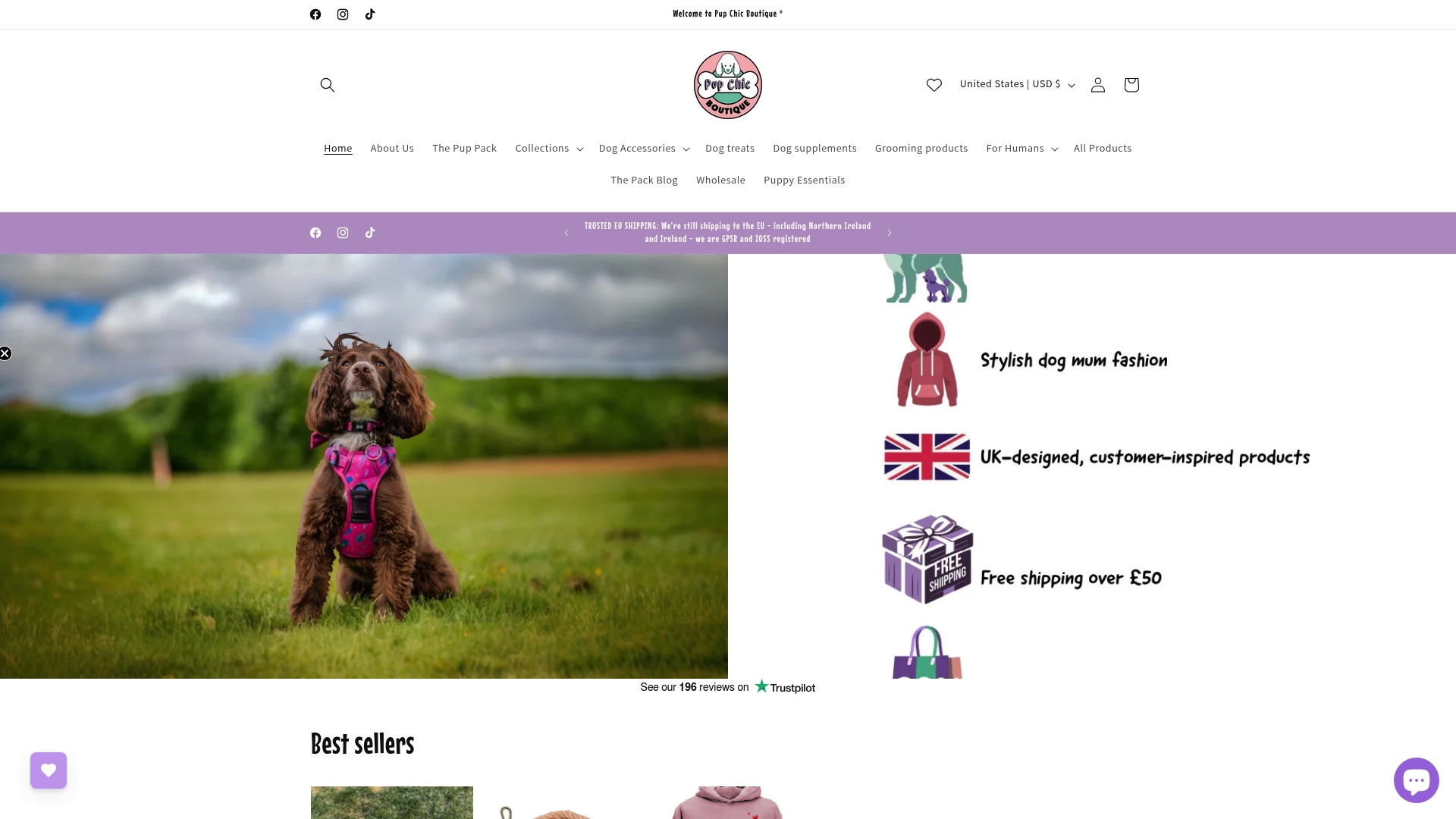
Give your walks a stylish upgrade that delivers both comfort and proven behavioural results. Visit Pup Chic Boutique to discover our range of high-quality, front-clip no-pull harnesses, hands-free leads and matching accessories. Shop now and find the harness that matches your dog’s personality as well as your training goals. Your best walks start with the right equipment — browse Pup Chic Boutique today and see the difference for yourself.
